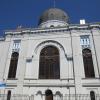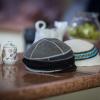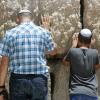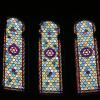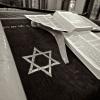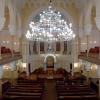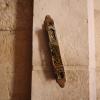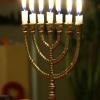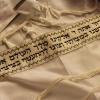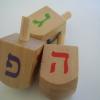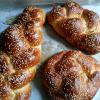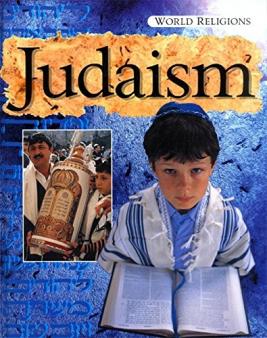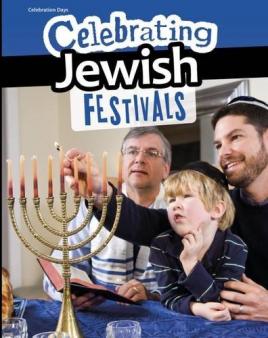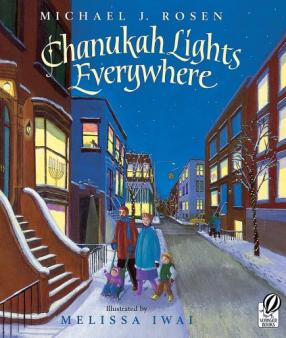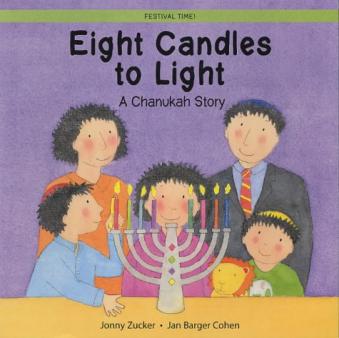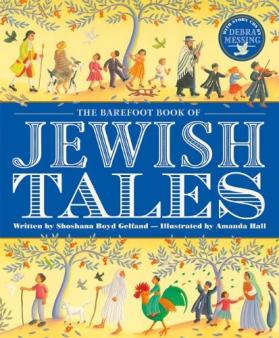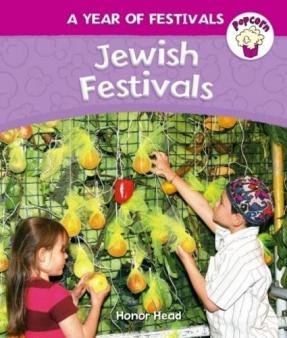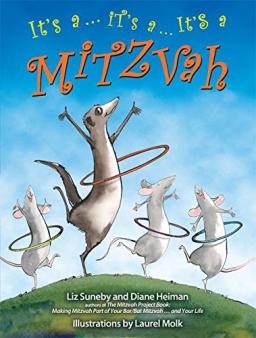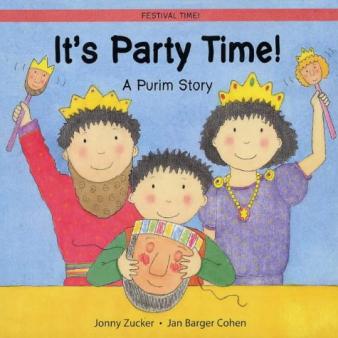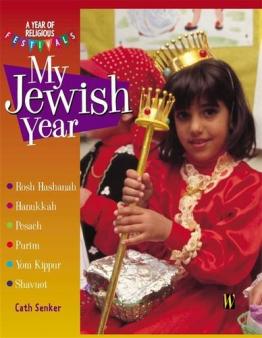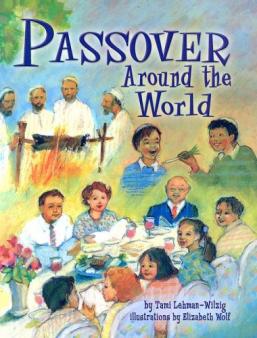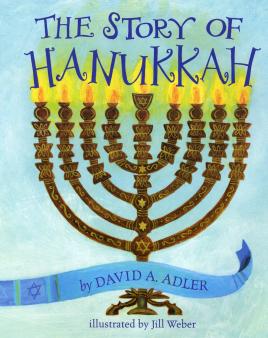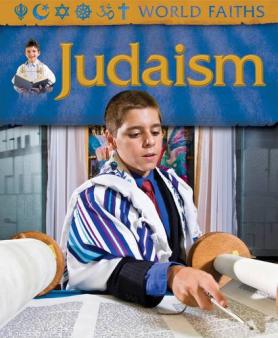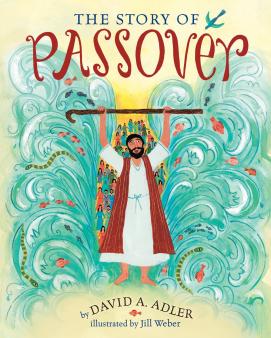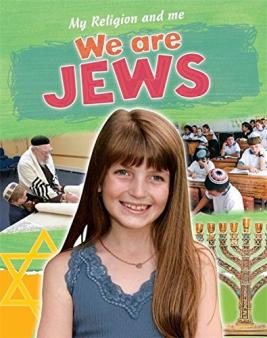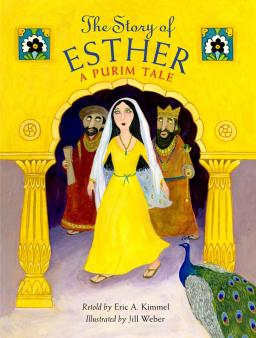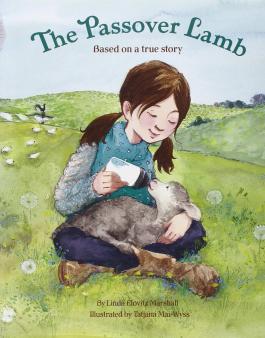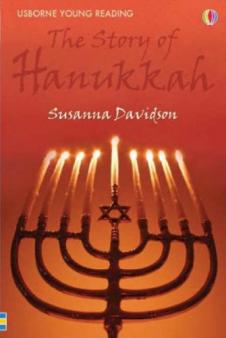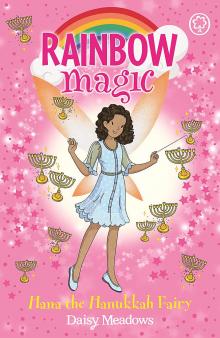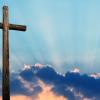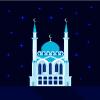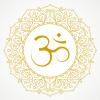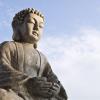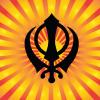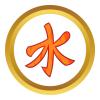Judaism
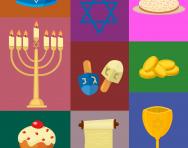
Judaism is the religion of the Jewish people. It is the oldest of the world’s four biggest monotheistic religions (a religion based on the belief that there is only one God), dating back over 4000 years.
Judaism may have began in the Middle East but today Jewish people live in countries all around the world (almost half of the world's Jews live in the USA and a quarter live in Israel).
The Jewish holy text is the Torah, which is written in ancient Hebrew.
Top 10 facts
- Judaism is the religion of Jewish people. It originated around 4000 years ago among a people called the Hebrews, nomadic people of the Middle East (where Africa, Asia and Europe meet). Nomadic means someone who lives by travelling from place to place.
- Abraham is seen as the father of the Jewish religion. Abraham’s story is told in the Book of Genesis (the first book of the Hebrew Bible). Jews believe that Judaism began when Abraham began to worship one God instead of the many idols or statues his father had done.
- Abraham is said to have made an agreement with God, known as the Covenant, in which he promised to be faithful and teach his laws to the world. The core Jewish religious belief is that there is one eternal God who is a spirit and has no human form.
- The Torah is the most holy Jewish text, given to the Jews by Moses around 1250 B.C. Torah means teachings in Hebrew.
- There are four important stages in Jewish life: birth, becoming an adult, marriage and death.
- The synagogue is a building where Jews go to worship God. The word synagogue means ‘meeting place’ in Greek.
- Teachers of the Jewish faith are called rabbis. They lead worship in the synagogue, conduct marriage and funeral ceremonies and give people advice on religious matters.
- The Sabbath (from sunset on Friday to sunset on Saturday) is the Jewish holy day.
- Important Jewish festivals include Rosh Hashanah (Jewish New Year), Yom Kippur (the Day of Atonement), Passover and Hannukah, the festival of lights.
- Religious Jews can be Orthodox (people who follow the laws of the Torah very strictly) and Progressive (people who have adapted the Torah teachings to modern life).
Timeline
- 3761 BCEAccording to Jewish counting, on September 24, 2014 we entered the Year 5775 (the supposed 5775th year since Orthodox Jews believe the world was created on Saturday night, October 6, 3761 BCE).
- 1250BC (approx)The people of Israel were freed from Egypt (known as Exodus in the history of Judaism).
- 993BC (approx)King David established a capital city in Jerusalem.
- 100BC (approx)The area of the Middle East known as Israel was under the rule of the Romans.
- 70ADThe Second Temple in Jerusalem was destroyed by the Romans and many Jewish people were forced to leave the country, spreading into Europe.
- 1948The modern state of Israel is established.

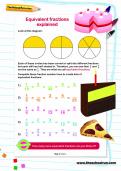
Boost Your Child's Learning Today!
- Start your child on a tailored learning programme
- Maths & English resources delivered each week to your dashboard
- Keep your child's learning on track
Did you know?
Being Jewish is not just about religion, it is about culture too. People can in fact be Jewish even if they don’t follow any religious beliefs.
The world's 14 million Jewish people live in many countries. Today the largest number of Jewish people live in the United States of America and in Israel.
In Israel, some Jewish people live in communal farm villages (called a kibbutz). The people who live in the kibbutz take turns doing the work in the farm, the kitchen or the laundry. The children live together, play together and go to school together.
Shabbat is the Jewish day of rest. It begins just before sunset on a Friday night and lasts until after dark on Saturday. Shabbat is very important to Jewish people: they dress in their best clothes, serve the best food, set the table beautifully and light candles. Often guests are invited to share food, stories and prayers. Special loaves of bread called challot are served during Shabbat. In the past Jewish people have been very poor so their traditional recipes were ways of making a little bit of meat and fish go a long way.
Many Jewish families follow a kosher diet. This means that milk and all other dairy products may not be cooked or eaten with meat. All meat must be kosher; kosher animals have to have a cloven hoof and chew the cud (so cows and sheep). There should be no pork, no shell fish and no birds of prey.
The synagogue is where Jewish people meet to worship God. In an Orthodox synagogue men and women sit separately to pray. In a Progressive (modern) synagogue, men and women sit together.
The Torah is written in Hebew on scrolls of parchment. Out of respect the scrolls are never touched when they are being read from; instead readers use a special pointer called a yad.
In Jewish homes you might find a mezuzah on the doorpost. It is a little case containing a tiny scroll with writing from the bible. It is called the Shema and is written in Hebrew. It reminds Jewish people to love God and live by his rules. When they come through the door, Jewish people kiss the mezuzah.
The six-pointed star, or ‘Star of David’, has been used as a Jewish symbol since the Middle Ages.
Weddings are very important ceremonies to Jewish people. Couples are married under the chuppah, a cloth wedding canopy which symbolises their new home.
Jerusalem is a very holy place for Jewish people because it is where the Temple once stood before it was destroyed by the Romans in 70 AD. There is one wall remaining, called the Western Wall, where Jews go to pray.
Look through the gallery and see if you can spot the following:
- A synagogue
- A kippah or yarlmulke, which some Orthodox Jewish men wear on their head
- Men praying at the Western Wall in Jerusalem
- Stained glass windows in a synagogue
- The star of David, a symbol of the Jewish people
- The worship area inside a synagogue
- A mezuzah, a symbol attached to the doorways of Jewish homes
- A menorah, a candleabrum with seven branches
- A tallit prayer shawl with Hebrew embroidery
- Dreidels, used to play a traditional Jewish game at Hannukah
- Challah bread, a Jewish braided bread eaten on the Sabbath and on holidays
Gallery
About
Today there are several different branches of Judaism. Jews who still follow all the religion’s traditional laws and customs are called Orthodox; Jews who do not follow all the traditions are called Non-Orthodox or Progressive Jews. Progressive Jews (which includes Reform, Liberal and Conservative Jews) are happy to adapt certain laws of their religion to fit in with modern life.
Jews believe that God made an agreement with the Jewish people (a brit) that they should belong to each other. By reading the Torah (the most important Jewish holy text, made up of the first five books of the Bible: Genesis, Exodus, Leviticus, Numbers and Deuteronomy) and living by its laws, they honour their promise to God. The Torah contains rules as to how Jews should live a moral life and conduct themselves in every way.
Jesus was born into the Jewish religion, but he began preaching his own ideas and his followers went on to form a new religion – Christianity – after he died.
Praying is very important to Jewish people. There is a prayer for every occasion, from eating and drinking and putting on new clothes to going on a long journey. For strict Jews, some prayers such as the morning and evening ones need to be said at specific times.
There are four important stages in Jewish life – birth, becoming an adult, marriage and death – and all are marked by a religious ceremony. Each stage is seen as a time to say thank you to God. When Jewish boys (aged 13) and girls (aged 12) become Jewish adults, a special ceremony is held, called bar mitzvah is for boys and bat mitzvah is for girls.
Family life is very important in Judaism. Shabbat (the Jewish day of rest), family meals and festivals are very important, as is helping others. Many Jewish homes have at least one charity box. Adults in the family will put money in the box regularly to help others in need.
The Jewish people mark Shabbat with the saying of a blessing and the lighting of two candles: one for joy, the other for holiness. Orthodox Jews never travel on Shabbat so they must make sure they live within walking distance of a synagogue. It is meant to be a day of complete rest so strict Jews are also not allowed to write, watch TV, turn on electrical equipment or cook! Shabbat is officially over when three stars can be seen in the sky and just as its arrival is celebrated so is its ending. Havdalah marks the difference between the holiness of Shabbat and the ordinariness of the weekday. Prayers and blessings are said over wine, spices and a plaited candle.
Ceremonies and festivals are important in the Jewish religion. Jewish children take part in rituals and ceremonies from a very young age; from about the age of three, Jews are taught to say short prayers known as berachot (blessings) suitable for every occasion. Special foods are prepared and eaten by Jewish people to celebrate different festivals and occasions.
- At Passover (in March or April) Jewish people remember how God brought the Jews out of Egypt. For Persach (the Jewish word for Passover) a special meal is prepared to remind Jews of the good and bad times of the past. The Seder plate includes hard-boiled egg, parsley, boiled potato, lettuce, horseradish and chopped apples and walnuts.
- Rosh Hashanah, in September or October, is the Jewish New Year festival. People eat apple dipped in honey to wish each other a sweet and happy new year.
- Yom Kippur is the most important Jewish holiday and takes place ten days after Rosh Hashanah. Jews usually fast for 25 hours and pray, spending most of the day in synagogue.
- Hannukah (also written Chanukah) takes place in December and is the Jewish festial of lights. At Hannukah Jewish people light candles and exchange presents and children play a game with a little spinning top called a dreidel. At Hannukah, foods cooked in oil like latkes (potato pancakes made from potato, egg and onion) and sufganiot (jam doughnuts) are eaten.
Each year, Jews the world over hold ceremonies to remember the six million Jews who were killed by the Nazis during the Second World War. Many Jewish families and towns where Jewish people lived were destroyed. Anne Frank, one of the Jewish people murdered by the Nazis, remains very well known today and her diary of her experience has been read by thousands of people.
Related Videos
Just for fun...
Find colouring pages, crafts, printables and recipes themed around Jewish festivals, or print free colouring pages which cover Jewish traditions
Make your own Hannukah Crown or fold-and-cut Star of David
Listen to traditional Hannukah songs and try some Hanukkah crafts and recipes (including delicious potato latkes and sufganiot doughnuts)
Find out more about the Hannukah dreidel game, then make your own paper dreidel and have a go yourself!
Make your own hamsa, known in Jewish tradition as yad ha'chamesh or the hand of Miriam
Find out about how different Jewish communities celebrate Shabbat with an interactive portal
Learn to bake challah bread, traditional braided bread eaten on the Sabbath
Watch a video in which a Jewish rabbi explains his belief system to aliens
Children's books about Judaism
Find out more
The BBC's guide to Judaism offers a complete guide and links to more information
See the story of Passover in an animated cartoon
Read about Torah heroes and why they are an important part of the Jewish faith
Watch videos holiday stories about Jewish festivals
Find out more about the Aleph Bet, the Hebrew alphabet, which has 22 letters (all consonants). Hebrew is written from right to left
Watch a video about Charlie and her favourite soft toy Blue as they find out about Passover (aimed at KS1 children)
Jewish symbols and traditional objects explained for kids
Hear traditional stories from Judaism (Abraham and Isaac and Hannukah) on the British Library's website
An animation tells the story of Purim, the King Ahasuerus and Queen Esther
Watch kids' videos and play games themed around each of the Jewish holidays
The kippah is the traditional head covering worn by some Jewish men
Kosher food is explained in a BBC video
How much do you know about Hannukah? Take a Cbeebies quiz
Take a video tour around a synagogue in London and see what sort of things are usually found inside
Watch a video about the Jewish holy text, the Torah
Glossary of Jewish terms
Bar Mitzvah and Bat Mitzvah - the name of the ceremonies used to mark Jewish adulthood for boy and girls.
Berachot - short prayers or blessings to mark every occasion.
Challot - special loaves of bread served during Shabbat.
Chuppah - a wedding canopy which symbolises the couple’s new home.
Havdalah - the ceremony that marks the end of Shabbat.
Hebrew - the language of Jewish writings and prayers. Modern Hebrew is the official language of Israel.
Kibbutz - a communal settlement in Israel, typically a farm.
Kosher - food that has been prepared according to Jewish rules.
Magen David - the six-pointed star is a modern, universal Jewish symbol.
Menorah - found in synagogues, this candelabrum with seven candle holders is one of the oldest symbols of Judaism.
Mezuzah - a little case containing a tiny scroll with writing from the Torah.
Monotheistic religion - a religion with only one God.
Orthodox Jews - Jews who still follow the religion’s traditional laws and customs.
Rabbi - a Jewish teacher and preacher.
Rosh Hashanah - the Jewish New Year festival.
Shabbat - the Jewish day of rest.
Synagogue - a building where Jews go to worship.
Torah - the most holy Jewish book.
See for yourself
The Jewish Museum in London tells the story of the history and heritage of Jews in Britain
At the Manchester Jewish Museum you can explore Jewish faith and history in the oldest synagogue building in Manchester
Visit Bevis Marks Synagogue in London, built in 1701 and the oldest synagogue building in the United Kingdom in continuous use
See pictures of the Western Wall, Judaism's holiest place
Also see

Give your child a headstart
- FREE articles & expert information
- FREE resources & activities
- FREE homework help
